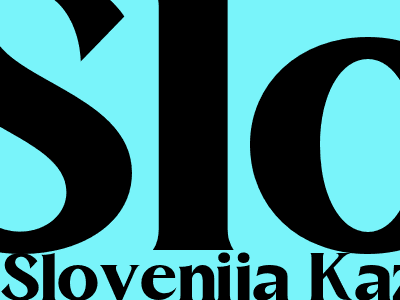Slovenia and Kazakhstan: A Comparative Analysis
Historical and Cultural Background
Slovenia and Kazakhstan share a rich and diverse history, shaped by their unique geographical locations and cultural influences. Slovenia, nestled in Central Europe, has been influenced by Slavic, Germanic, and Mediterranean cultures, resulting in a vibrant tapestry of traditions and customs. In contrast, Kazakhstan, located in Central Asia, has a rich nomadic heritage, with significant influences from Turkic, Mongolian, and Russian cultures.
Historically, Slovenia emerged as an independent nation in 1991 following the breakup of Yugoslavia. It has since become a member of the European Union and NATO, aligning itself with Western European values and institutions.
Kazakhstan, on the other hand, gained independence from the Soviet Union in 1991 and has pursued a more independent foreign policy, maintaining close ties with both Russia and China while fostering relations with Western countries.
Economic and Social Indicators
Slovenia and Kazakhstan exhibit contrasting economic and social indicators. Slovenia boasts a highly developed market economy, with a GDP per capita of approximately $28,000. It has a strong service sector and a skilled workforce, contributing to its high standard of living and quality of life.
Kazakhstan, while possessing a resource-rich economy with a GDP per capita of approximately $16,500, faces challenges in diversifying its economy and reducing its dependence on oil and gas exports.
In terms of social indicators, Slovenia ranks high in healthcare, education, and overall well-being. Kazakhstan has made progress in improving social welfare but continues to face challenges related to income inequality and regional disparities.
Political Systems and Governance
Slovenia is a parliamentary republic with a multi-party system and a strong commitment to democratic principles. It has a stable political environment and a high level of transparency and accountability.
Kazakhstan is a presidential republic with a dominant ruling party. While the country has made efforts to improve democratic institutions, concerns remain about political freedoms and the rule of law.
Foreign Relations and Security
Slovenia is an active member of the international community, with strong ties to the European Union, NATO, and other European organizations. It plays a constructive role in promoting peace and stability in its region and beyond.
Kazakhstan maintains a delicate balance in its foreign relations, fostering partnerships with Russia, China, and Western countries. It seeks to position itself as a bridge between East and West, promoting regional cooperation and security.
Conclusion
Slovenia and Kazakhstan, while both independent nations that emerged from the collapse of larger political entities, have embarked on distinct paths of development. Slovenia has integrated into Western European institutions and achieved a high standard of living. Kazakhstan, with its vast natural resources and strategic location, is striving to diversify its economy and improve social welfare while navigating complex geopolitical dynamics.
By understanding the historical, cultural, economic, social, political, and foreign policy dimensions of these two countries, we gain a deeper appreciation for their unique trajectories and the challenges and opportunities they face in the 21st century.

Comments